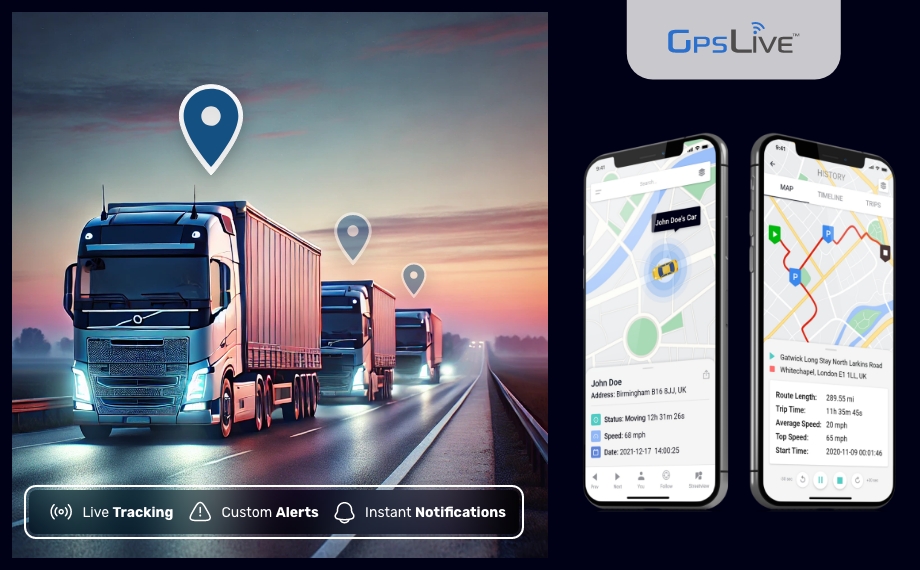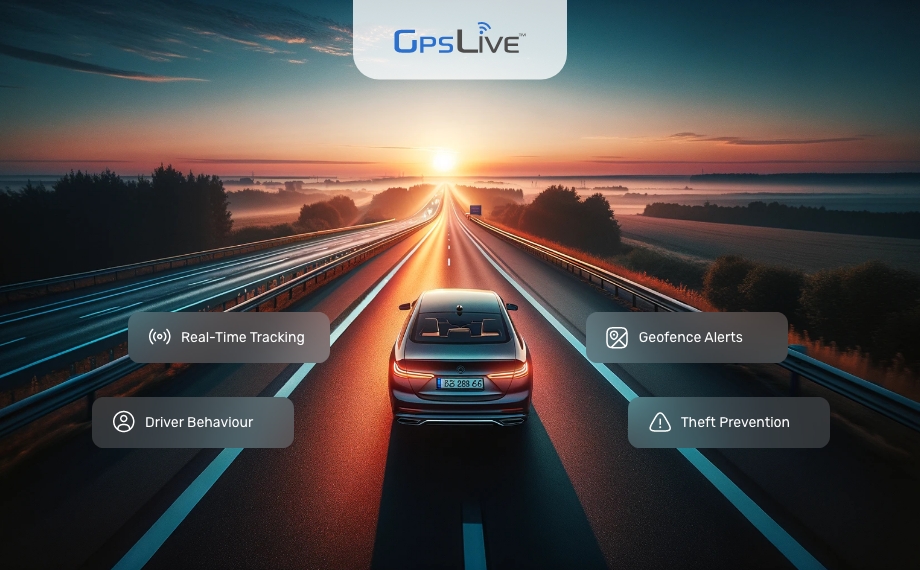Magnetic trackers are versatile GPS devices that can be easily attached to various types of vehicles, offering a convenient solution for tracking and security. Whether you’re managing a fleet, protecting personal vehicles, or overseeing construction equipment, magnetic trackers provide an effective and flexible option for keeping track of your assets. In this article, we’ll explore the different use cases for magnetic trackers, including where to place them on vehicles and the specific types of vehicles that can benefit from them.
What Are Magnetic Trackers Best Suited For?

Magnetic trackers are best suited for situations where quick, temporary, and discreet vehicle tracking is required. Their strong magnetic base allows them to be attached to any metal surface, making them ideal for use on a wide range of vehicles without the need for permanent installation. They are particularly useful in scenarios where vehicles need to be monitored without alerting the driver, or when the tracker needs to be moved between different vehicles.
Which Types of Vehicles Can Benefit from Magnetic Trackers?
Magnetic trackers can be used on a variety of vehicles, including:
- Passenger Cars: Ideal for tracking personal or company-owned cars, especially for theft prevention and recovery.
- Commercial Vans: Useful for monitoring delivery vans and ensuring that drivers stick to planned routes.
- Trucks: Beneficial for long-haul trucks to monitor routes, stopovers, and ensure timely deliveries.
- Motorcycles: Perfect for tracking high-value motorcycles, especially in areas with high theft rates.
- Construction Equipment: Can be attached to heavy machinery and construction vehicles to prevent theft and monitor usage on job sites.
- Rental Vehicles: Useful for car rental companies to keep track of their fleet and monitor vehicle locations in real time.
Where Should Magnetic Trackers Be Placed on Vehicles?
Magnetic trackers should be placed on a flat, metal surface where they can remain securely attached and be difficult to detect. Common placement areas include:
- Under the Vehicle: Beneath the chassis or behind the bumper is a common location that keeps the tracker hidden from view.
- Inside the Wheel Well: Another discreet location, although it may be more exposed to road debris and weather conditions.
- On the Rear or Side Frame: These locations are accessible and provide strong adhesion, but the tracker may be more visible.
- Under the Seat or Inside the Trunk: If the tracker needs to be inside the vehicle, these locations keep it hidden and protected from the elements.
What Are Some Specific Use Cases for Magnetic Trackers?
Magnetic trackers are versatile and can be used in various scenarios, such as:
- Fleet Management: Attach them to delivery vans or trucks for real-time tracking and route management.
- Theft Prevention: Use them on personal cars, motorcycles, or high-value vehicles to track and recover them if stolen.
- Rental Fleets: Place them on rental cars to monitor usage and ensure vehicles are returned on time.
- Construction Sites: Track heavy machinery and equipment to prevent unauthorized use or theft.
- Private Investigations: Discreetly monitor vehicles without alerting the driver, often used in legal or investigative work.
Are There Any Limitations to Using Magnetic Trackers?
While magnetic trackers are highly versatile, they do have some limitations:
- Battery Life: Depending on the model, the battery may need to be recharged frequently, especially if real-time tracking is used.
- Signal Interference: Placement under heavy metal parts or in areas with poor GPS signal can affect accuracy.
- Weather Resistance: Trackers exposed to harsh weather conditions may require additional protection to ensure longevity.
Conclusion
Magnetic trackers offer a practical and flexible solution for vehicle tracking across a wide range of applications. Whether for fleet management, theft prevention, or monitoring rental vehicles, their ease of use and portability make them an essential tool for maintaining security and operational efficiency.


